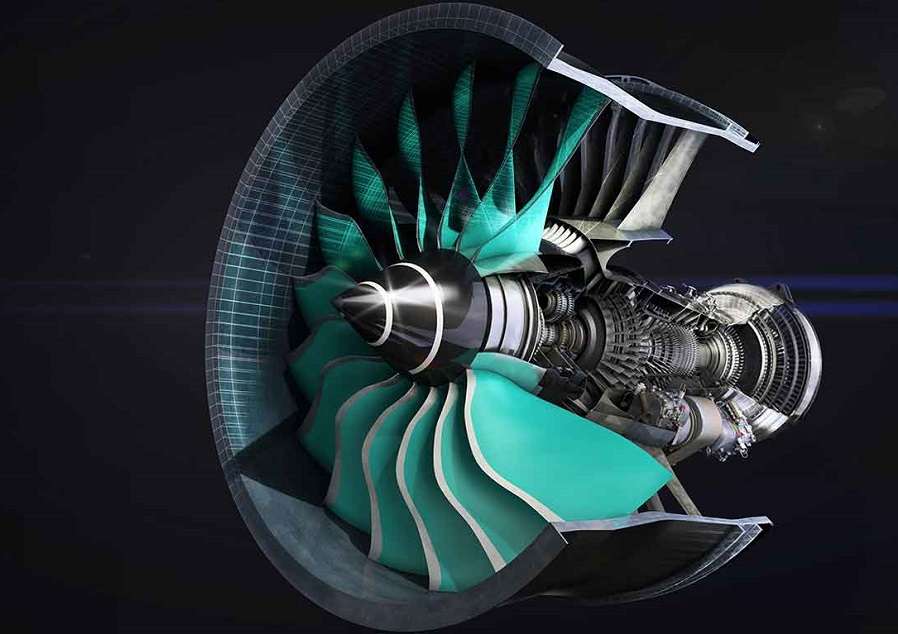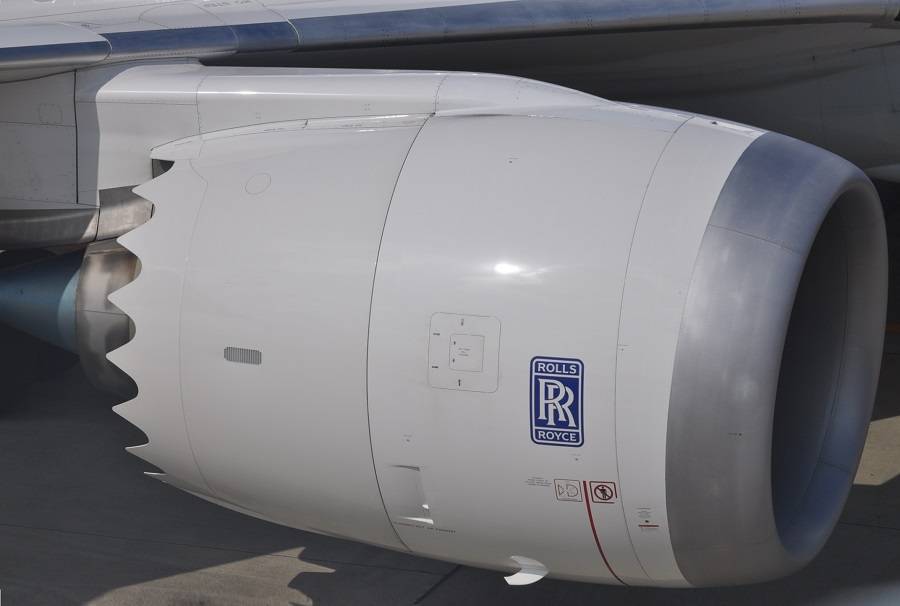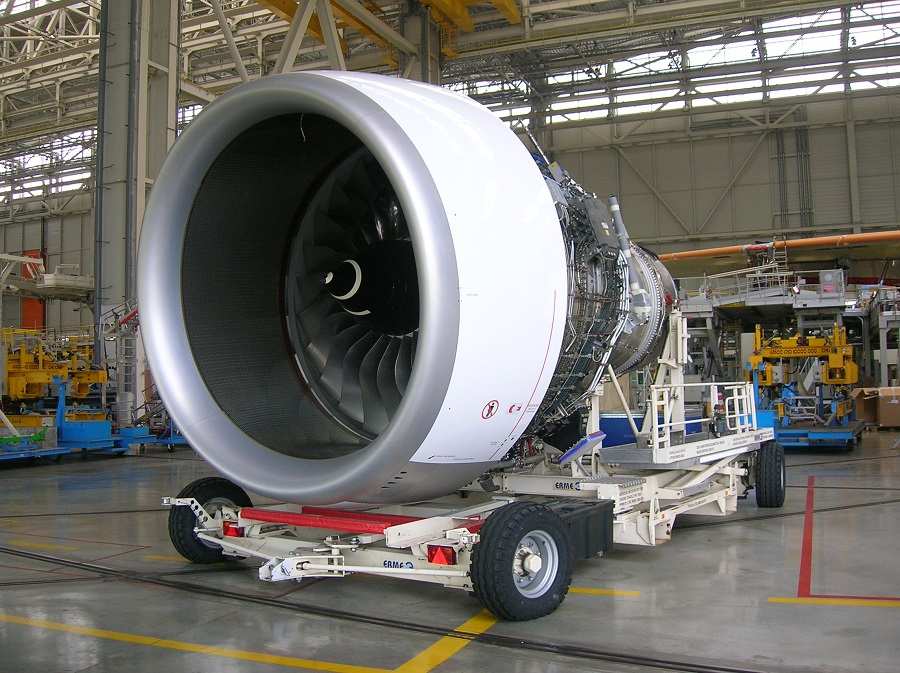Rolls-Royce decided to continue development of its UltraFan engine project, even though it doesn’t have any customer demand for it.
For some time now, the British engine manufacturer has specialized itself as an engine maker for long-haul airliners. Rolls-Royce would continue to pursue this strategy with its UltraFan engine. But with a twist: this engine design is scalable, as we already saw. UltraFan is going to be an engine family, rather than an engine. Rolls-Royce’s design remit for this new project is to have thrust from 25,000 to 100,000 pounds.
That thrust range covers anything from the Airbus A220, all the way up to the Boeing 777. So, almost anything. Rolls-Royce also wants UltraFan to be compatible with 100% sustainable fuels of all kinds. And they’ve hinted that they could make it run on hydrogen, too. But there’s a small problem, there.

Realistically, if an aircraft manufacturer launches a new project NOW, it would enter service around 2030. So Rolls-Royce has that long, for its UltraFan project. However, 2030 gets very close to the time when many expect alternative-fuel aircraft to come into the fore. Rolls-Royce made a conscious decision to focus on smaller aircraft, with this project. However, it is those same smaller aircraft that could/would first use alternative fuels, like hydrogen.
Hence, Rolls-Royce’s question: is it worth giving its UltraFan such a wide range? This is especially important, as the new project comes with some innovative ideas. It will be a Geared TurboFan design, with variable pitch for the main fan disk. GTF designs aren’t new. Pratt&Whitney’s family of PW1000G engines were first there – and GE may have some plans of its own under way. But the variable pitch fan is a unique idea.
Rolls-Royce Banking On Future UltraFan Demand
In a sense, though, the biggest story here is that Rolls-Royce is going forward with the UltraFan project at all. This is not a good time for any business in aviation, to put it mildly. Rolls-Royce knows it faces an uphill struggle, as demand for widebody aircraft over the next 2-3 years will be low. But they feel they don’t really have a choice, if they’re going to stay engaged in the market.

So, the company is taking a measured approach. They have so far spent 500 million pounds in the programme, since 2014. They will continue pursuing it, until 2023. Then, unless something emerges in the meantime, they will freeze it. Alan Newby, Rolls-Royce’s Director of Aerospace Technology and Future Programmes, said about the UltraFan project:
“It’s the right solution pre-pandemic and it’s still the right solution now even as the world goes to look at more green solutions. If we see that application (a new aircraft design) on the horizon, then we’ll carry on, if not, then we’ll pause.”

The work that Rolls-Royce already did on the UltraFan design, covers most of the new technologies involved. So, pressing on with the programme, will allow them to run engine prototypes. This could put some energy back in the project.
We know that Airbus has been talking with engine manufacturers about some new projects, lately. This could simply be part of being an aircraft manufacturer, of course. But it also means that if Rolls-Royce end up with encouraging bench tests with their UltraFan, that Airbus or Boeing could be tempted by the efficiency gains it promises.



